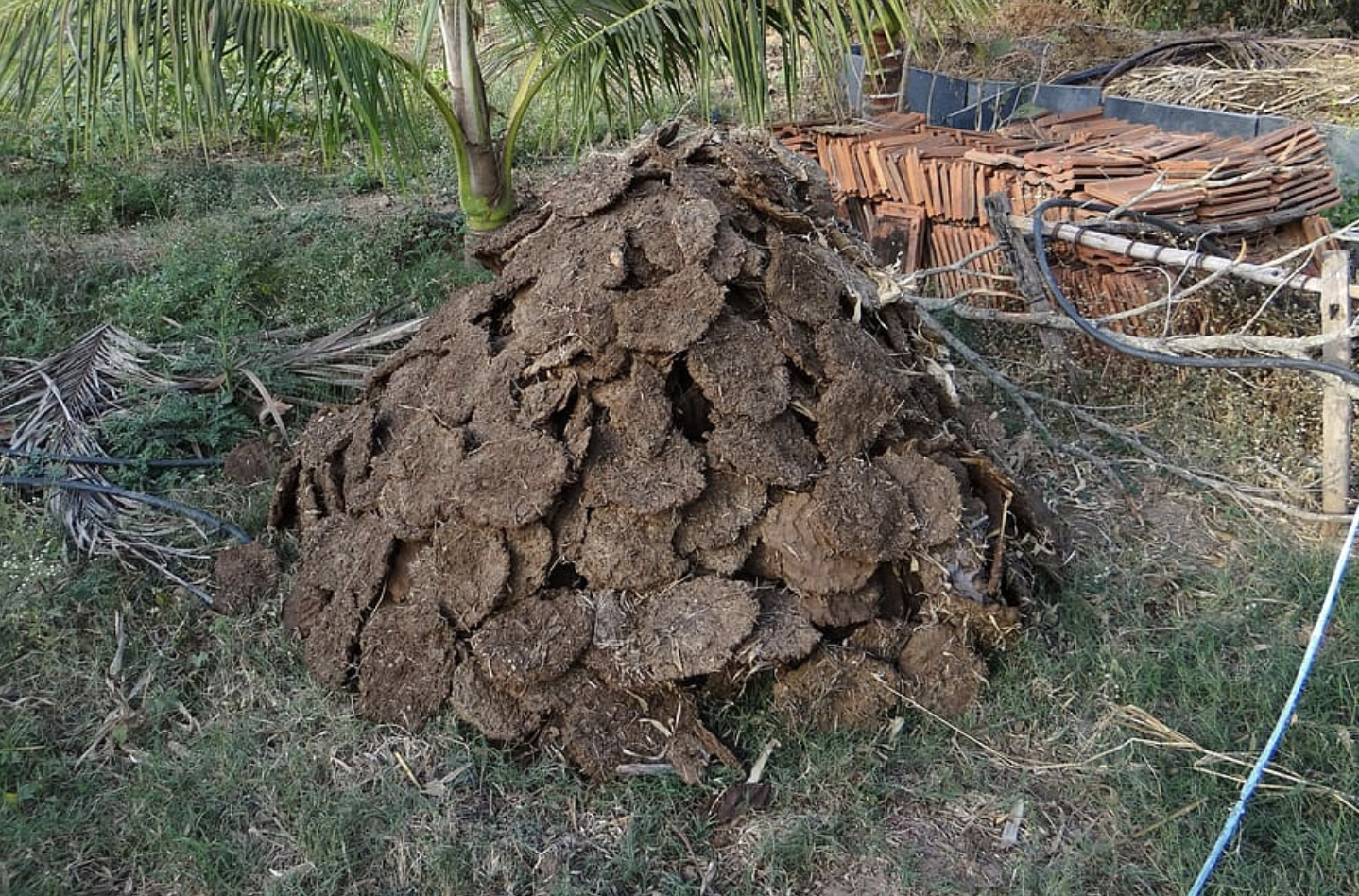The Carbon Underneath our Feet
Because C02 is a major greenhouse gas, it can be easy to think of carbon in the atmosphere in only negative terms. Yet, the carbon cycle is the continual and necessary dance of carbon between the atmosphere and the biosphere. Carbon cycles out of the ocean and into the atmosphere, out of the atmosphere and into vegetation, out of vegetation and into the atmosphere, and on and on. Nowhere is this dance more intricate and more important than between the atmosphere and soil. Trees and other plants pull C02 out of the atmosphere through photosynthesis. Some of this carbon gets transferred to the soil through plant roots. When the plant dies, decomposition transfers more carbon into the soil. When that carbon warms and oxidizes, it travels again to the atmosphere. Millions of tiny actions continually cycle carbon in and out of the soil. The problem arises when human actions interfere with the nature of the carbon cycle. While the capture and release of carbon is natural, intensive farming practices can result in too much carbon leaving the soil and not enough carbon returning. This breakdown in the natural carbon cycle leads to climate change as extra C02 builds up in the atmosphere and to nutrient deficient soil which leads to low crop yield. Dr. Lenka, a soil scientist, works to understand processes that release carbon from the soil, keep carbon in the soil, and return carbon to the soil. Largely focusing on the effects farming practices have on carbon, her research points to three major ways farmers can support a balanced carbon cycle.
Pile of cow manure: Image source
Crop Selection
When crops are harvested from a field, the carbon stored in those crops disappears from the carbon cycle of that particular field. To replace some of that depleted carbon, Dr. Lenka says farmers can plant a “cover crop.” This cover crop keeps moisture in the soil, thus reducing organic soil carbon shifting to the atmosphere in the form of C02. It also provides organic material that can be left on (and in some cases tilled into) the soil to decompose, adding carbon back to the soil. Crops that grow extended root systems that stay in the soil year after year, like perennials, also sequester carbon in those root systems ensuring less carbon is released into the atmosphere.
Soil samples being tested at Dr Lenka’s lab
Dr. Sangeeta Lenka
Low Till Farming
Tilling is the process of turning over or stirring soil. This process loosens and aerates the soil, but it also releases carbon. As soil is disturbed, carbon-rich particles break apart and become exposed to oxygen. Dr. Lenka explains that this exposure causes carbon to oxidize and cycle from the soil to the atmosphere. Her research shows that farming practices that use a low-till technique leave more carbon in the soil. This extra carbon leads to crops that are more abundant, larger, and more nutritious, she says.
Nutrient Enhancement
Low-till farming that yields crops of higher biomass also creates more organic material that can be left behind on fields after harvest. When vegetation dies, soil microbes break down organic material into soil organic carbon, the form of carbon that returns to the soil. Dr. Lenka’s research shows that this process can be supported further through the application of manure (along with inorganic fertilizers). Manure is rich in nutrients that promote plant growth and also feeds soil microbes, promoting their work in breaking down vegetation into soil organic carbon, enhancing soil biodiversity.
Italian Ryegrass cover crop: Alan Manson via Wikimedia Commons
The carbon cycle is a vital but invisible process that plays a major role in all life systems on the planet. Research like Dr. Lenka’s highlights the science behind the oft used adage “everything is connected” and provides the data we need to work toward a carbon cycle that mitigates rather than causes climate change.
Check out more of Dr Lenka’s work, or get in touch
https://www.linkedin.com/in/sangeeta-lenka-aba5b840/
https://www.researchgate.net/profile/Sangeeta-Lenka
https://scholar.google.com/citations?user=yRCjppAAAAAJ
Related Resources
This series has been conceptualised in collaboration with Jay Barber, a 2023 Fullbright-Nehru Academic and Professional Excellence Teaching Scholar. She has authored all the Carbon Flash writing pieces, and facilitated all the complementing interviews for the Carbon Flash videos as well.







